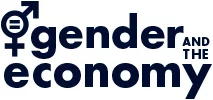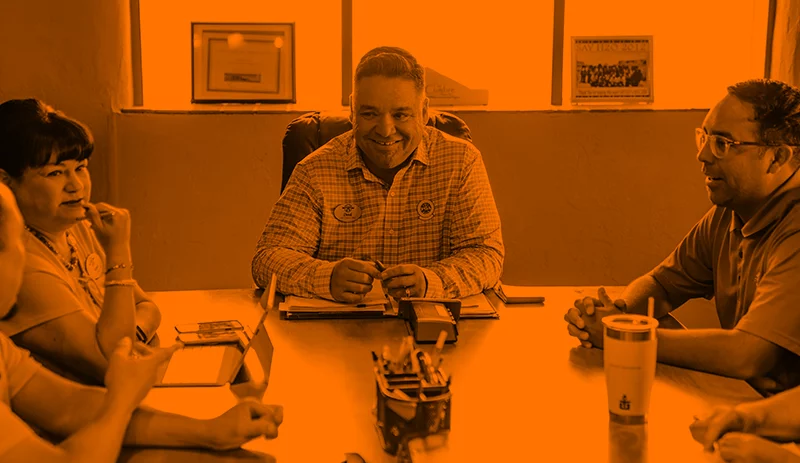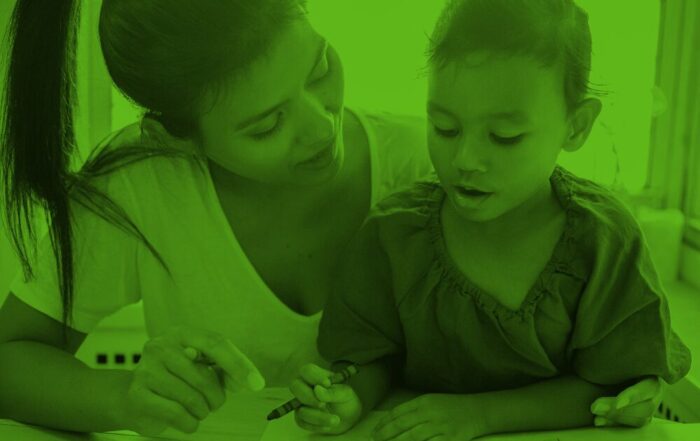Summary
In what ways do LGBT employees encounter bias and discrimination in their day-to-day workplace experiences? This study analyzed survey data from more than 300,000 US federal employees who are protected by LGBT-inclusive workplace policies. The authors discovered that, regardless of these policies, LGBT employees reported worse experiences of employee treatment, workplace fairness, and workplace satisfaction when compared to non-LGBT employees.
The study also found that federal agencies with legacies of LGBT discrimination (i.e., military-related agencies) and agencies with relatively fewer LGBT employees showed worse experiences for LGBT employees. Moreover, LGBT women and people of colour reported consistently worse experiences than LGBT men and white employees. This suggests the importance of intersectional analyses of LGBT experiences. Overall, these experiences caused LGBT employees to have an increased intent to leave their jobs.
Research
Prior research suggests that the devaluation of LGBT identity leads to bias against and exclusion of LGBT people in the workplace. Further, studies have shown that LGBT workplace inequality intersects with racial and gender inequality. This study investigated how this inequality affects LGBT employees’ day-to-day workplace experiences. It also looked at how LGBT workers in various race and gender categories and organizational contexts may experience workplace inequalities differently.
The study data came from the 2015 Federal Employee Viewpoint Survey. This is a large, nationally representative survey in the United States. The sample consisted of 330,414 federal employees, of which 11,094 identified as LGBT. Respondents answered questions on 16 workplace experience measures relating to employee treatment, work fairness, and workplace satisfaction. The survey also collected demographic data and organizational data, such as whether the federal agency was military-related, and how diverse the agency was.
Findings
As LGBT federal employees are protected by anti-discrimination policies, their workplaces could be considered the “best case” scenario for organizational inclusivity. However, LGBT employees reported significantly worse experiences than non-LGBT employees across all 16 survey measures. Specifically, they reported worse treatment (e.g., they felt their work success was not fostered), lower perceived workplace fairness (e.g., they believed that favoritism was tolerated), and lower workplace satisfaction (e.g., they did not feel that their work led to feelings of personal accomplishment).
LGBT employees of colour were less likely than white LGBT employees to say that their supervisors respect them, that their workplace is meritocratic, and that their leaders act with integrity.
These results were compounded for LGBT employees of colour for almost all measures. For example, LGBT employees of colour were less likely than white LGBT employees to say that their supervisors respect them, that their workplace is meritocratic, and that their leaders act with integrity. Similarly, LGBT women were less likely than LGBT men to feel respected by supervisors, were less satisfied with employee empowerment, and were less likely to report workplace fairness.
The data also showed that LGBT employees in military-related agencies had significantly worse experiences than those in other agencies, particularly for workplace satisfaction. On the other hand, agencies with the highest representation of LGBT employees showed significantly more positive experiences for LGBT employees than other agencies for more than half of the workplace experience measures.
Finally, the study found that LGBT employees were more likely than non-LGBT employees to consider leaving their organizations within the next year. Analysis showed that this result can be partially explained by their relatively poor workplace experiences.
Implications
Formal policies protecting LGBT employees are only one step in mitigating bias and discrimination—This study surveyed LGBT employees who are formally protected by anti-discrimination policies, suggesting they are in “best-case” scenarios. Yet, they still reported poor workplace experiences across a range of measures. Organizations need to need to move beyond just setting policies to putting inclusive supports in place, such as employee resource groups and LGBT-focused training (particularly for supervisors and leaders).
It is important that workplaces and organizational leaders focus on the experiences of those who face multiple marginalizations, rather than characterizing LGBT people as a homogenous group.
LGBT inclusion requires an intersectional lens—LGBT employees’ experiences in this study were complicated by their gender and race. Specifically, LGBT people of colour and women perceive more workplace inequality than white LGBT employees and LGBT men. It is important that workplaces and organizational leaders focus on the experiences of those who face multiple marginalizations, rather than characterizing LGBT people as a homogenous group. For example, employee resource groups tend to focus on one group or another (e.g., women or LGBT or African American), but this study shows that attention should be paid to people with intersectional identities.
Organizational effectiveness is hampered by anti-LGBT bias and discrimination—This study demonstrates that LGBT employees are more likely to consider leaving their organizations than non-LGBT employees. Organizations that wish to reduce turnover should pay attention to improving these experiences.
__________________________
Research brief prepared by: CARMINA RAVANERA
Title
LGBT Workplace Inequality in the Federal Workforce: Intersectional Processes, Organizational Contexts, and Turnover Considerations
Authors
Erin A. Cech, William R. Rothwell
Source
ILR Review
Published
2019
DOI
10.1177/0019793919843508
Link
https://journals.aom.org/doi/10.5465/amj.2016.1215







